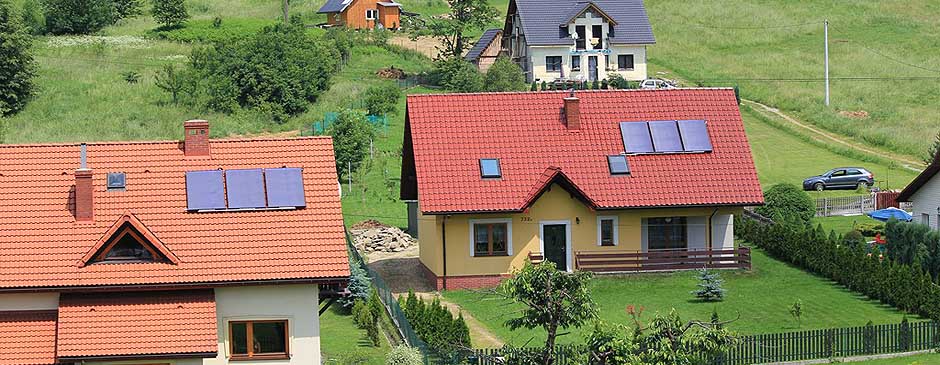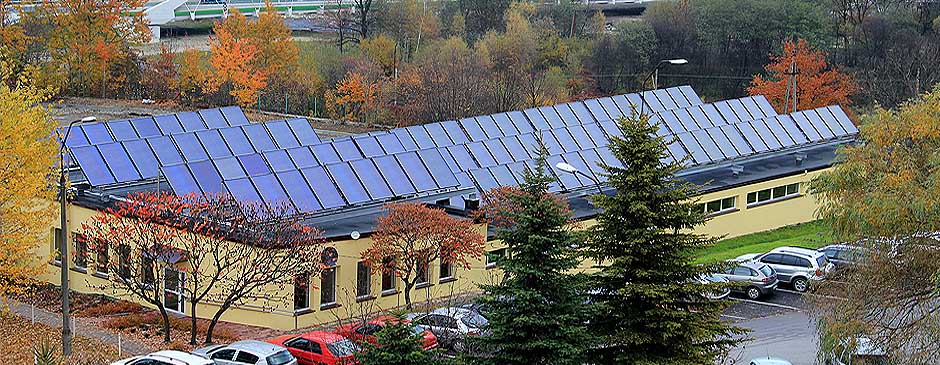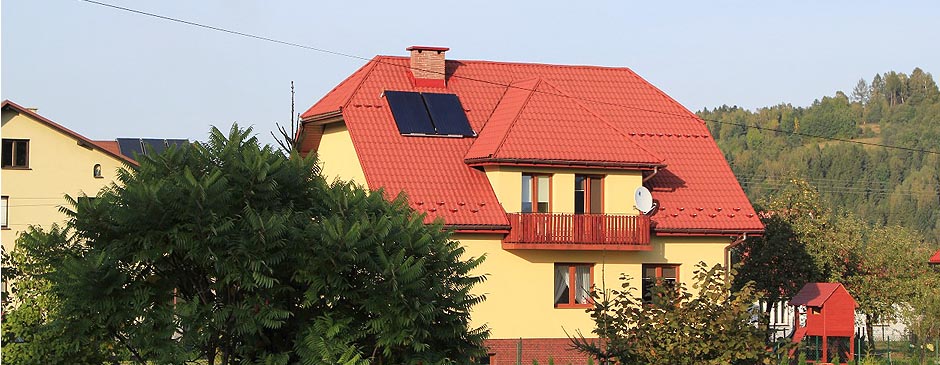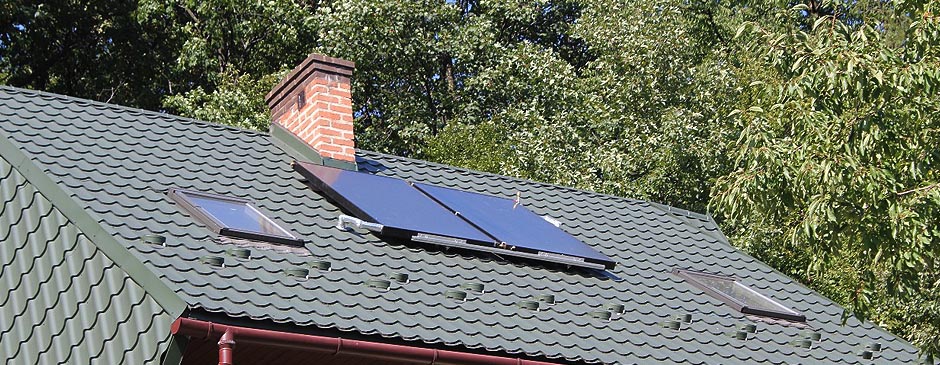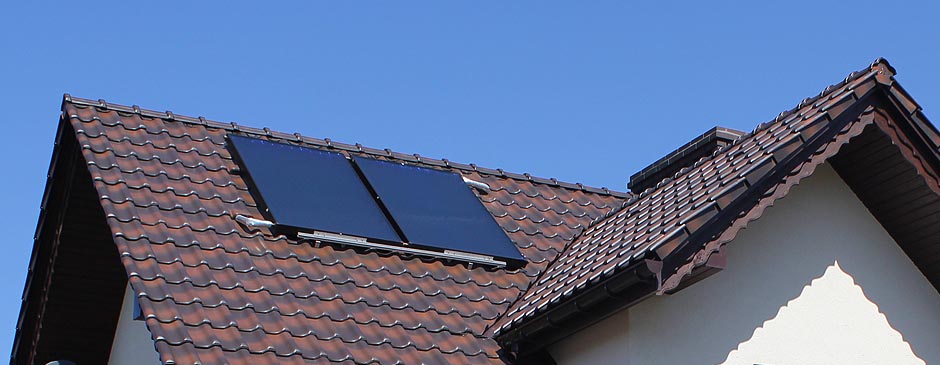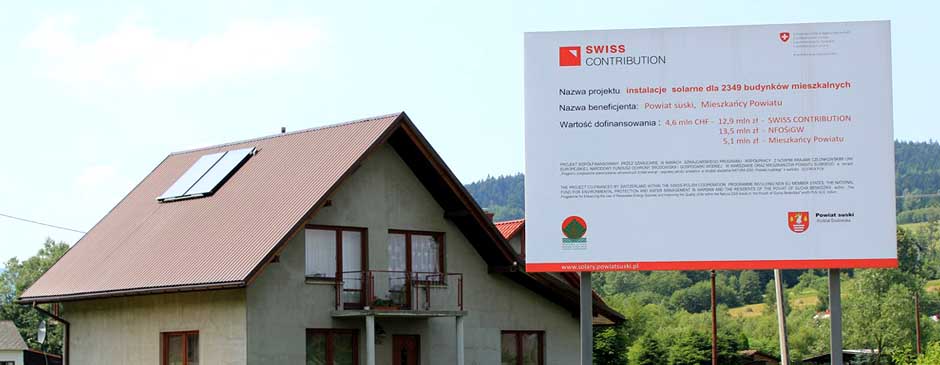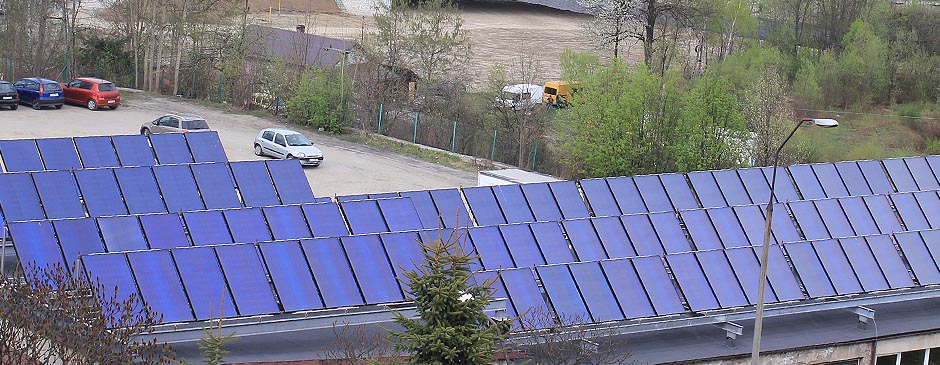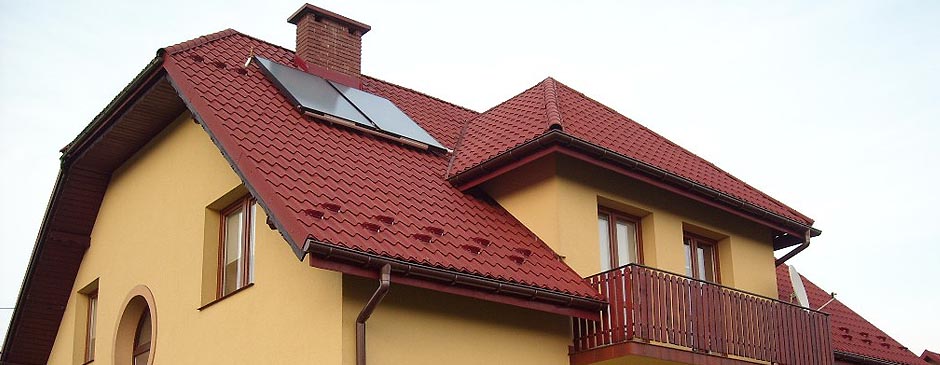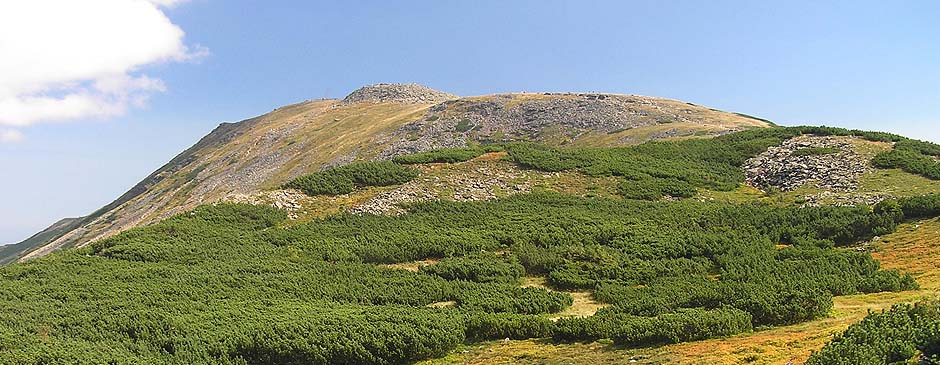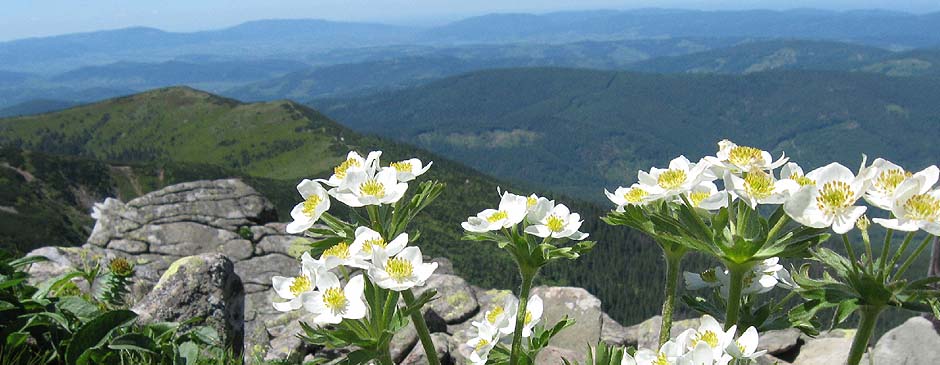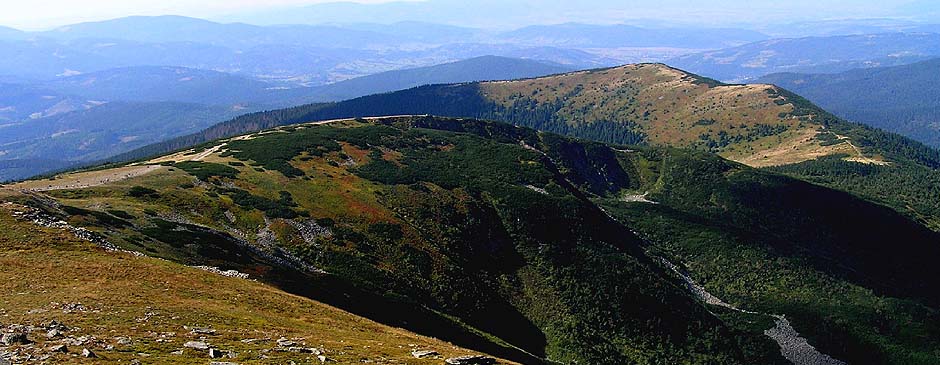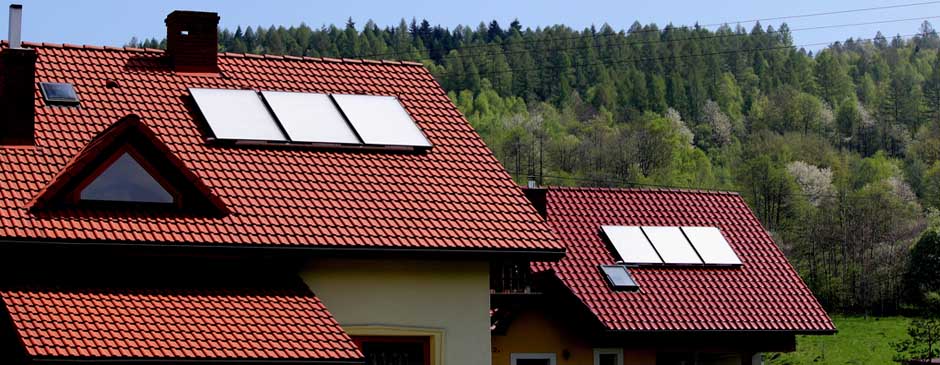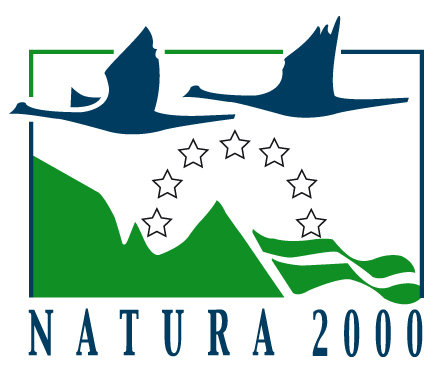I. THE BABIOGÓRSKI NATIONAL PARK
The Babiogórski National Park was made by the resolution of the Council of Ministers of 30 October 1954 (O.J. 4, item 25). Currently, the park occupies the area of 3 391.55 ha. Strict nature reserves are on 1 062 ha, partial nature reserves on 2 174 ha and landscape reserves on 156 ha. The protection zone surrounding the park has 8 437 ha. The park is located within the administrative boundaries of 4 communes: Zawoja, Lipnica Wielka, Jabłonka and Koszarawa. >> find out more
The Babia Góra massif is characterised by an asymmetric structure: the northern slope is very steep while the southern slope falls gently into the valleys. Local vegetation forms characteristic zones. The lower-level zone is dominated by the Carpathian beech, fir forests and fir and spruce forests while in the upper-level zone there are spruce forests.
Above the forest zone there are dwarf pine shrubs, valuable on a European scale. The highest vegetation zone has sparse flora and is characterized by alpine meadows and clusters of rock lichens.
The area includes 14 types of valuable European habitats, which occupy over 85% of its land. They are alpine meadows, Aceri-Fagetum and alpine mat-grass meadows. There are over 900 species of vascular plants, which include many rare and endangered species. The most valuable of them are Laserpitium archangelica Wulfen (the symbol of the park), whose only habitat in Poland is in the Babia Góra area, and alpine mouse-ear, an endemic taxon for Babia Góra. The area is one out of 4 habitats of Aconitum firmum and Tozzia alpina subsp. carpatica in Poland.

There are many rare and valuable animal species in the area of Babia Góra, which include 166 species of vertebrates (2 fish species, 6 amphibians, 5 reptiles, 115 birds and 38 mammals) and 2440 species of invertebrates. Endemic Carpathian animal species include: the pine vole – a rodent, and Gaurotes excellens – a beetle. The brown bear, the lynx and the wolf are among the valuable European mammals. The place is also a bird sanctuary and the species found here include the capercaillie and the black grouse – two forest grouses as well as owles: the Ural owl and the eagle owl.
The exceptional level of nature preservation and its scientific value was appreciated on the international forum. In 1976, the International Coordinating Council of the Man and the Biosphere (MAB) Programme, established within UNESCO, included the Babia Góra National Park in the international World Network of Biosphere Reserves. Biosphere reserves aim to conserve the gene pool of fauna and flora and are used to monitor the impact of man on the environment as well as for training and education purposes.
The ridge and northern slopes of Babia Góra as well as the lower and upper-level forest biotopes of Jałowiec and Polica have been listed as CORINE nature sanctuaries. The research programme of CORINE (COoRdination of INformation on the Environment), funded and coordinated by the European Union, was established in order to create a pan-European database about the condition of the environment. One of the three thematic areas of the programme is CORINE biotopes, an inventory of the areas that make major European natural heritage sites. The sites selected as wildlife sanctuaries must represent a species or habitat which is endangered on the European scale.
Babia Góra together with the Polica mountain range also belongs to the national environmental network of ECONET which aims to connect the best preserved and relatively rich ecosystems (with a great diversity of species, habitats and landscape forms) using green corridors.

More information on the Babiogórski National Park >>> see
II. NATURA 2000 AREAS
a) PLB 120011: Babia Góra
Area: 4915.6 ha within the communes of Jabłonka (106.0 ha), Lipnica Wielka (1512.67 ha) and Zawoja (3297.0 ha)
Form of protection within the Natura 2000 network: area of special protection of birds (Birds Directive)
Area status: area designated by the resolution of the Minister of the Environment of 5 September 2007 (O. J. no 179, item 1275)
Description :
The Babia Góra massif is located in the eastern part of the Beskid Żywiecki mountains and makes the second highest mountain range in Poland after the Tatra mountains. The ridge of Babia Góra is the watershed between the basin of the Baltic Sea and that of the Black Sea.
The Babia Góra massif is characterised by an asymmetric structure: the northern slope is very steep while the southern slope falls gently into the valleys. Local vegetation forms characteristic zones. The lower-level zone is dominated by the Carpathian beech, fir forests and fir and spruce forests while in the upper-level zone there are spruce forests. Above the forest zone there are dwarf pine shrubs, valuable on a European scale. The highest vegetation zone has sparse flora and is characterized by alpine meadows and clusters of rock lichens.
The area includes 14 types of valuable European habitats, which occupy over 85% of its space. They are alpine meadows, Aceri-Fagetum and alpinie mat-grass meadows. The place is home to over 900 species of vascular plants, which include many rare and endangered species. Amon the especially valuable plants there is Laserpitium archangelica Wulfen (the symbol of the park) whose only habitat in Poland is the Babia Góra area. This wildlife sanctuary is also home to protected flora habitats, such as those of Aconitum firmum and Tozzia alpina subsp. carpatica, both of outstanding value for Europe. Rare animal species include endemic Carpathian species such as the pine vole – a rodent, and Gaurotes excellens – a beetle. The brown bear, the lynx and the wolf are among the valuable European mammals. The place is also an important bird conservation area and the species living here include the capercaillie and the black grouse – two forest grouses as well as owles: the Ural owl and the eagle owl.
Attachments:
-Map
b) PLH 120001: Babia Góra
Area: 3350.4 ha
Form of protection within the Natura 2000 network: area of special habitat protection (Habitats Directive)
Description:
The Babia Góra massif is located in the eastern part of the Beskid Żywiecki mountains and makes the second highest mountain range in Poland after the Tatra mountains. The ridge of Babia Góra is the watershed between the basin of the Baltic Sea and that of the Black Sea. The Babia Góra massif is characterised by an asymmetric structure: the northern slope is very steep while the southern slope falls gently into the valleys. Local vegetation forms characteristic zones. The lower-level zone is dominated by the Carpathian beech, fir forests and fir and spruce forests while in the upper-level zone there are spruce forests. Above the forest zone there are dwarf pine shrubs, valuable on a European scale. The highest vegetation zone has sparse flora and is characterized by alpine meadows and clusters of rock lichens. The area includes 14 types of valuable European habitats, which occupy over 85% of its space. They are alpine meadows, Aceri-Fagetum and alpinie mat-grass meadows. The place is home to over 900 species of vascular plants, which include many rare and endangered species. Among the especially valuable plants there is Laserpitium archangelica Wulfen (the symbol of the park) whose only habitat in Poland is the Babia Góra area. This wildlife sanctuary is also home to protected flora habitats, such as those of Aconitum firmum and Tozzia alpina subsp. carpatica, both of outstanding value for Europe. Rare animal species include endemic Carpathian species such as the pine vole – a rodent, and Gaurotes excellens – a beetle. The brown bear, the lynx and the wolf are among the valuable European mammals. The place is also an important bird conservation area and the species living here include the capercaillie and the black grouse – two forest grouses as well as owles: the Ural owl and the eagle owl.
Habitats:
high-mountain cowberry fields
dwarf mountain pine
acidophilic alpine meadows and snow patches on lime-poor soil
alpine meadows on calcareous soil and snow patches
up- and lowland mat-grass meadows (rich in flower species)
Adenostylion alliariae and Convolvuletalia sepium
up- and lowland mountain pastures extensively used
up- and lowland basic peat bogs with the characteristics of bog-springs, mud-sedges and morasses
acidic beech woods
fertile beech woods
Aceri-Fagetum
sycamore forests and maple-linden forests on mountain slopes
willow, poplar, alder and ash riverside carrs, Cardamine amara-alder carr
mountain spruce forests
Important European animal species (from Annex II to the Habitats Directive and Annex I to the Birds Directive, including priority species):
invertebrates – Carabus variolosus
birds – black stork, black grouse (continental sub-species), white-backed woodpecker, black woodpecker, there-toed woodpecker, grey-faced woodpecker, red-backed shrike, capercaillie, hazel grouse, Ural owl, eagle owl, wood lark, red-breasted flycatcher, Tengmalm’s owl, pygmy owl, kingfisher
mammals – Tatra pine vole, brown bear, lynx, wolf, otter
Important European plant species (from Annex II to the Habitats Directive), including priority species: Aconitum firmum, Tozzia alpina subsp. carpatica,
Attachments:
-Map
-Data form
c) PLH 240023: Beskid Mały
Area: 7186.2 ha
Form of protection within the Natura 2000 network: area of special habitat protection (Habitats Directive)
Description:
This area is located in the Beskid Mały massif, in the Magurka Wilkowicka mountain range and the Łamana Skała group. Beskid Mały is a part of the Beskid Zachodni mountains and borders with Beskid Śląski in the west and Beskid Makowski in the east. The Soła river gorge divides Beskid Mały into two parts: the western part (the Czupla and Magurka mountain ranges) and the eastern part (the so-called Beskid Andrychowski mountains). The entire area of Beskid Mały is protected as part of the Beskid Mały Landscape Park (occupying the area of 25770 ha), part of the Silesian Province Landscape Parks Complex. The wildlife sanctuary of Beskid Mały with over 7000 ha is a relatively vast area. Made primarily of sandstone, which is relatively hard and resistant to erosion, it is dominated by forests (by and large from the lower-level forest zone). Meadows occupy a significantly smaller area but occasional peat bogs, Adenostylion alliariae and rock ecosystems can be found here, too.
The site is characterised by a diverse lie of the land, dense river network, many springs and large height differences (over 500 m). The layout of valleys is concentric, the ridges and rock peaks are rounded while the slopes quite steep (inclination may exceed 30 degrees). Small caves, shelters, mountain towers and island mountains can be found here. The area is home to 14 wildlife habitats listed in Annex I to the Habitats Directive, which include the complex of acidophilous beech woods (the biggest and the best developed complex of this kind in the Carpathians), upper-level zone spruce forests (at the end of its geographic zone), sycamore forests with Lunaria rediviva and spruce forests on peat. The sanctuary is also home to two moss species listed in Annex II to the Habitats Directive: Dicranum viride Lindb. and Buxbaumia viridis (Moug.) Brid. (the habitat of the latter, extremely rare, needs to be confirmed).
There are three nature reserves in the area: Madohora (the commune of Ślemień – Silesian Province, Żywiecki Poviat and Andrychów in the Małopolskie Province, Wadowicki Poviat), Szeroka (the commune of Łękawica – Silesian Province, Żywiecki Poviat) and Zasolnica (the commune of Porąbka, Bielski Poviat, Silesian Province) that aim to conserve the sites of outstanding natural value, in particular primeval forests.
Protected plant species that can be found here include goat’s beards, Austrian leopard’s banes, daphnes and spring snowflakes. The deer, the roe deer, the lynx, the black storks, the spotted salamanders and the Carpathian newts (endemic species) have their habitats in Beskid Mały. There are also caves in this mountain range, including the most beautiful Komoniecki Cave.
Attachments:
-Map
-Data form
d) PLH 120012: Na Policy
Area: 72.6 ha
Form of protection within the Nature 2000 network: area of special habitat protection (Habitats Directive)
Description :
The sanctuary can be found in the eastern part of the Beskid Żywiecki mountains, in the top part of the Polica massif (1369 m above the sea level). Almost the entire area is covered by the upper-level zone forest preserved in its natural state. It is a valuable habitat from the natural perspective. Two other important European habitats include those of Galio-Urticenea and dwarf mountain pine. The place is home to such protected and endangered species in Poland as goat’s beards, marsh gentians, fir club-moss and Swiss stone-pines. Out of big mammals, along with the common species, one can often encounter here the brown bear, the lynx and the wolf, the species which are important for the protection of European biodiversity. The place is also a bird sanctuary and home to such valuable species as the black grouse, the capercaille and the hazel grouse.
Forms of nature protection:
Na Policy nature reserve
Zenon Klemensiewicz nature reserve Na Policy
Habitats:
dwarf mountain pine
Adenostylion alliariae and Convolvuletalia sepium
mountain spruce forests
Important European animals species (from Annex II to the Habitats Directive and Annex I the Birds Directive, including priority species):
birds – black grouse (subcontinental species),black woodpecker, three-toed woodpecker, capercaillie, hazel grouse,
mammals – brown bear, lynx, wolf
Attachments:
-Map
-Data form
-Photo map
e) PLB120006: the mountain range of Polica
Area: 1190.1 ha within the communes of Bystra Sidzina (398.9 ha), Jabłonka (373.0 ha) and Zawoja (418.2 ha)
Form of protection within the Natura 2000 area: area of special protection of birds (Bird Directive)
Area status: area designated by the resolution of the Minister of the Environment of 27 October 2008 (O. J. no 198, item 1226), proposed by NGOs as part of the Shadow List
Description :
This area covers the top of the Polica ridge, which is the north-eastern part of the range diverging from the Babia Góra behind the Krowiarki Pass. The range achieves the altitudes of 1318 meters (Polica Mount) and 1239 m (Okrąglica Mount) above the sea level. The Carpathian beech forest occupies 96% of the area, including forest glades near mountain tops. It is one of the most important sanctuaries of the capercaillie in Poland.
Habitats:
dwarf mountain pine
Adenostylion alliariae and Convolvuletalia sepium
mountain spruce forests
Important European animals species (from Annex II to the Habitats Directive and Annex I to the Birds Directive, including priority species):
birds – black grouse (subcontinental species),black woodpecker, three-toed woodpecker, capercaillie, hazel grouse,
mammals – brown bear, lynx, wolf
Attachments:
-Map
- Data form
III. PLANTS AND ANIMALS UNDER PROTECTION
The conservation of fauna and flora aims to ensure the survival and adequate protection of wild animals, plants and fungi as well as their habitats, which include those of rare and endemic species, those exposed to danger or endangered with extinction and the ones protected under international agreements. It also aims to maintain the species and genetic diversity.
Plants under strict legal protection that can be found in the poviat area include:
Shrubs, dwarf shrubs:
a) dwarf mountain pine – a creeping shrub, with stems rising up, makes dense brush above the upper forest level, can be found only in Baba Góra
b) daphne – grows in forests on humus soil, one of the earliest plants to bloom
c) common ivy – grows primarily in deciduous forests climbing up tree trunks, stems, rocks or soil
Green plants:
a) giant horsetail – grows in wet brush , riverside forests and on the edges of wet meadows; can be found in the communes of Zawoja and Zembrzyce
b) smooth carline – most common on dry meadows and the forests full of light, can be found in all communes of the poviat, in particular in the mountains and at foothills
c) Veratrum lobelianum – grows in wet deciduous forests and on their edges, makes a common component of Adenostylion alliariae in upper-level mountain locations. The plant can be seen in all communes of the poviat.
d) Crocus vernus vernus – a characteristic mountain harbinger of spring, typically grows on alpine meadows and in the ecosystems of Adenostylion alliariae, much less common in the forests full of light. The plant can be found in the communes of Zawoja and Stryszawa.
e) frog orchid – most common in open areas of alpine meadows and other meadows, as well as in the brush and forests. Ploughing and fertilising of meadows exposes this species to danger.
f) Traunsteinera globosa – grows on grassy slopes, alpine meadows, in the patches of Adenostylion alliariae and among brush. The plant can be seen in all communes of the poviat.
g) early purple orchid – prefers fresh and dry meadows and moderate dry brush as well as deciduous forests full of light. The plant can be seen in all communes of the poviat.
h) Adder’s-mouth orchid – grows in low moors and transitional moors, wet forests and meadows on calcareous soil.
Animals under strict legal protection that can be found in the poviat area include:
a) fish: minnows, gudgeons,
b) amphibians: spotted salamander, newt (crested, common, Carpathian, alpine), yellow-bellied toad, toad (common, green), tree frog, garlic toad,
c) reptiles: grass snake, lizard (viviparous lizard, slow-worm, sand lizard), smooth snake, common northern viper,
d) birds: woodpecker (black, green, great spotted, wryneck), stork, corn crake, tawny owl, lark, swallow, thrush, goldcrest, golden oriole, chaffinch, siskin, crossbill, goldfinch, serin, bunting, cuckoo, waxwing, kestrel, nuthatch, starling, blackbird, robin, wagtail, dipper, tit, capercaillie, buzzard, golden eagle,
e) mammals: brown bear, wolf, bat (common long-eared bat, whiskered bat), hedgehog, mole, shrew (common, Alpine, Eurasian pygmy), squirrel.
